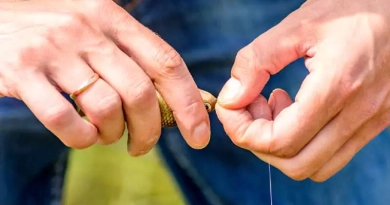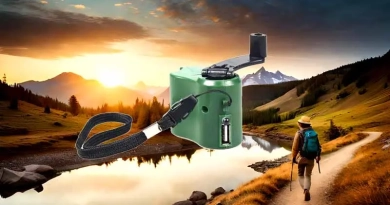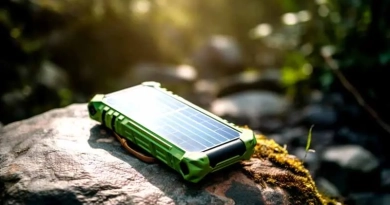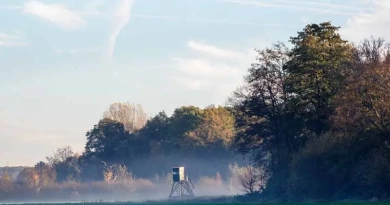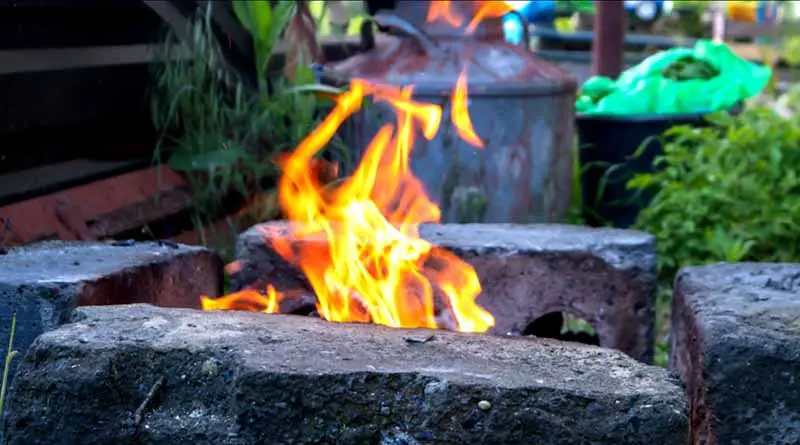
What are the best methods for alternative cooking in an emergency?
Finding Fire: The Best Methods for Alternative Cooking in an Emergency
Sitting around a flickering campfire as twilight painted the sky in shades of deep orange and crimson, I once again found myself pondering the essentials of survival. Among these, the ability to cook food in the absence of modern conveniences is paramount. It led me to ask: What are the best methods for alternative cooking in an emergency?
When the lights flicker out and the familiar hum of civilization fades, cooking transforms from routine to a critical survival skill. During emergencies, the capacity to prepare meals transcends mere sustenance. It becomes a vital component in maintaining morale, ensuring nutritional balance, and upholding safety. These moments—when power lines are down, gas is off, or remote wilderness becomes your unplanned residence—demand more than traditional cooking methods. They require adaptability and ingenuity, as the question arises: How do you continue to prepare meals when standard resources are unavailable?
Exploring the Options and Overcoming Obstacles
In the world of emergency preparedness, alternative cooking methods offer a lifeline, though each comes with its own specific challenges.
Solar Cookers: These devices leverage the sun’s rays to cook food without fuel. The primary challenge lies in their dependency on clear, sunny conditions, which can be a significant limitation in cloudy or unpredictable climates.
Wood Fires: Cooking over a wood fire taps into primal techniques that are as old as humanity itself. The main difficulties here are finding dry wood and a safe, efficient means of ignition, especially in wet or barren environments.
Propane Stoves: Known for their reliability and ease of use, propane stoves are staples in many emergency kits. However, their reliance on propane canisters means they might not be suitable for extended periods of use, as resupplying fuel can become impractical.
Alcohol and Solid Fuel Stoves: These stoves are valued for their simplicity and compact design, making them excellent for heating small meals or boiling water. Yet, they struggle to achieve the high temperatures needed for more extensive cooking tasks, limiting their utility for feeding larger groups or for more complex meal preparation.
Implementing the Best Solution
Through extensive trial and error, I’ve discovered that no single method suffices under all circumstances. Instead, a combination of techniques, each suited to particular conditions and needs, forms the backbone of effective emergency cooking:
Building a Simple Rocket Stove: This method has become my go-to solution when efficiency and fuel scarcity are concerns. Here’s how I implemented it:
- Construction: I use discarded large tin cans or concrete blocks to construct a rocket stove. This design channels heat upwards through a concentrated chimney effect, which significantly increases the efficiency of the heat source.
- Fuel Efficiency: The rocket stove design is exceptionally fuel-efficient, using far less wood than traditional fires. This efficiency is crucial in environments where fuel sources are limited or need to be conserved.
- Portability and Adaptability: While bulkier than a small propane stove, the rocket stove can be assembled on-site using locally sourced materials. This adaptability makes it invaluable in diverse settings, from dense forests to urban environments post-disaster.
These alternative cooking strategies are not just about making do; they’re about making well. The ability to adapt to various environmental constraints and resource limitations is key. Whether it’s harnessing the power of the sun on a bright day, gathering twigs for a rocket stove after a storm, or using a propane stove during shorter disruptions, each method provides a way to keep the hearth fires burning, even when the modern world seems far away. Thus, emergency cooking becomes not just a means of survival but a testament to human resilience and adaptability.
Resources and Tools Needed
To implement this solution effectively, you’ll need:
- Tin cans or concrete blocks are used for constructing the rocket stove.
- A portable solar cooker: is ideal for sunny days and lighter cooking needs.
- A small propane stove with extra fuel canisters: For quick, reliable cooking under more controlled conditions.
- Basic cooking utensils: Pots, pans, and perhaps a grill grate that can be used over any heat source.
Conclusion: Cooking Against the Odds
Each cooking method carries its own tune of smoke and flame, and knowing which song to sing is as much about understanding your environment as it is about mastering the tools at your disposal. In emergencies, the ability to adapt and innovate with your cooking methods can make the difference between a meal that is merely edible and one that is enjoyable. Through a mix of solar, wood-fired, and propane-powered cooking, I’ve learned to prepare meals that nourish both body and spirit, no matter the circumstances. This blend of techniques not only provides practical solutions but also a deep sense of readiness, turning the challenge of emergency cooking into an opportunity to reconnect with the fundamentals of survival.

